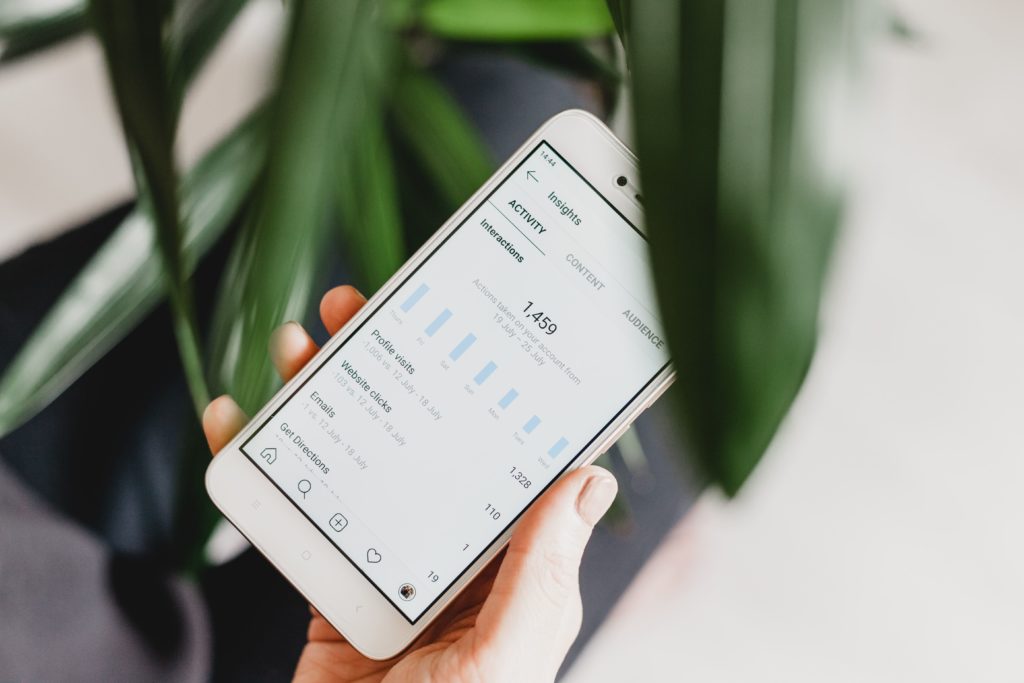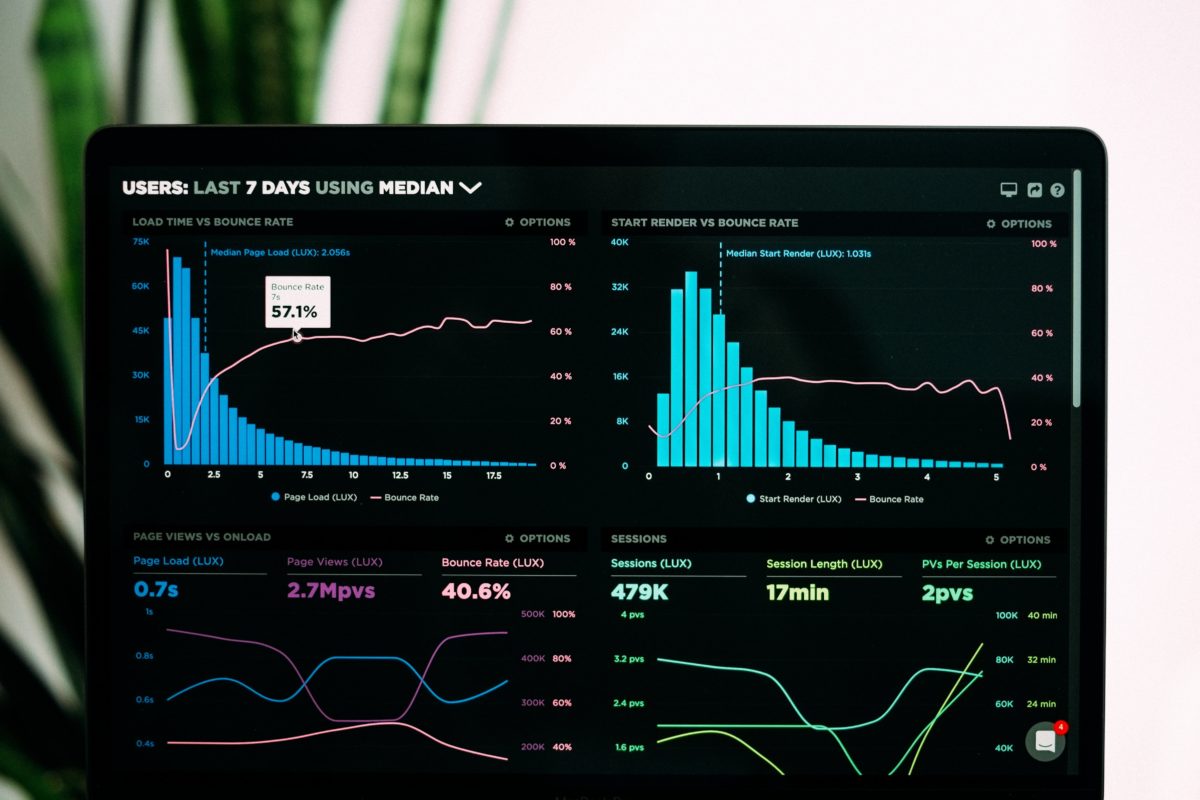So, what are social media metrics?
Well, plainly said, they are the things you look at when you want to see the real value of your work. You might go all happy when you get a new follower or a new like on one of your posts, but these metrics show you the great picture – the one you should be looking at.
However, social media comes with a lot of metrics – while all of them must be taken into consideration, only some of them really show you how popular how good is your social media standing.
Therefore, after you’ve done your daily search of Instagram hashtags, be sure to give this article a read, as it will tell you exactly which social media stats really matter!
The Social Media Funnel

When talking about metric, we have to take into consideration those that fall under the following categories, also known as customer journey stages:
- Awareness – metrics under this category show your current as well as the potential audience.
- Engagement – this shows how your audience interacts with your content.
- Conversion – metrics under this category show you how effective your content/ campaign is in terms of social engagement.
- Consumer – these metrics are used to determine how your active customers think and feel about your profile or brand.
Now, let’s see which metrics from each category are the most important ones.
Awareness Metrics
- Brand Awareness – this is the attention you and your brand get, across all social media platforms. It can be expressed through impressions, mentions, impressions, and links.
- Audience Growth Rate – this metric measures how fast you or your brand’s following increases on social media platforms. In short, it shows you how quickly you gain followers.
- Post Reach – basically, this one shows you how many people have seen one of your posts since you uploaded it.
- Potential Reach – the potential reach metric is used to measure the number of people that could see a post in a given time period. For example, if someone shares your post within their network, around two to five percent of that person’s followers would count as potential reach for a given post.
- Social Share of Voice – this one shows exactly how many people are mentioning you or your brand on social media.
Engagement Metrics
- Applause Rate – the applause rate shows how many likes and favorites one of your posts receives, compared to your total number of followers.
- Average Engagement Rate – this shows the number of shares and comments a post receives, compared to your total number of followers.
- Virality Rate – the virality rate measures the number of people that have shared your post compared to the number of unique impressions, views of that post.
Conversion Metrics
- Conversion Rate – the conversion rate measures the number of people that take action on your page after clicking one of the links in your post.
- Click-Through Rate – this measures how often the call-to-action link on a certain post is clicked.
- Bounce Rate – shown as a percentage, this metric shows the page visitors that click a link on your post, only to leave the page they land on without taking any specific action.
- Conversion Rate – this is the ratio of comments per a single post, compared to the number of total followers.

Customer Metrics
- Customer Testimonials – customer reviews, comments, endorsements, assessments, or even interviews that are related to you or your brand.
- Customer Satisfaction Score – shows how happy people are with one of your products or services.
- Net Promoter Score – this is a metric that measures your customers’ loyalty.
These were the metrics that you should really take into consideration when analyzing your social media account. You won’t need some of them in case you are not a brand or not promoting a certain brand.
If you feel like the number are low, so to say, you can always rely on the best Instagram bot out there, to boost the value of your social media account, increase brand awareness, and – well – to get popular!















